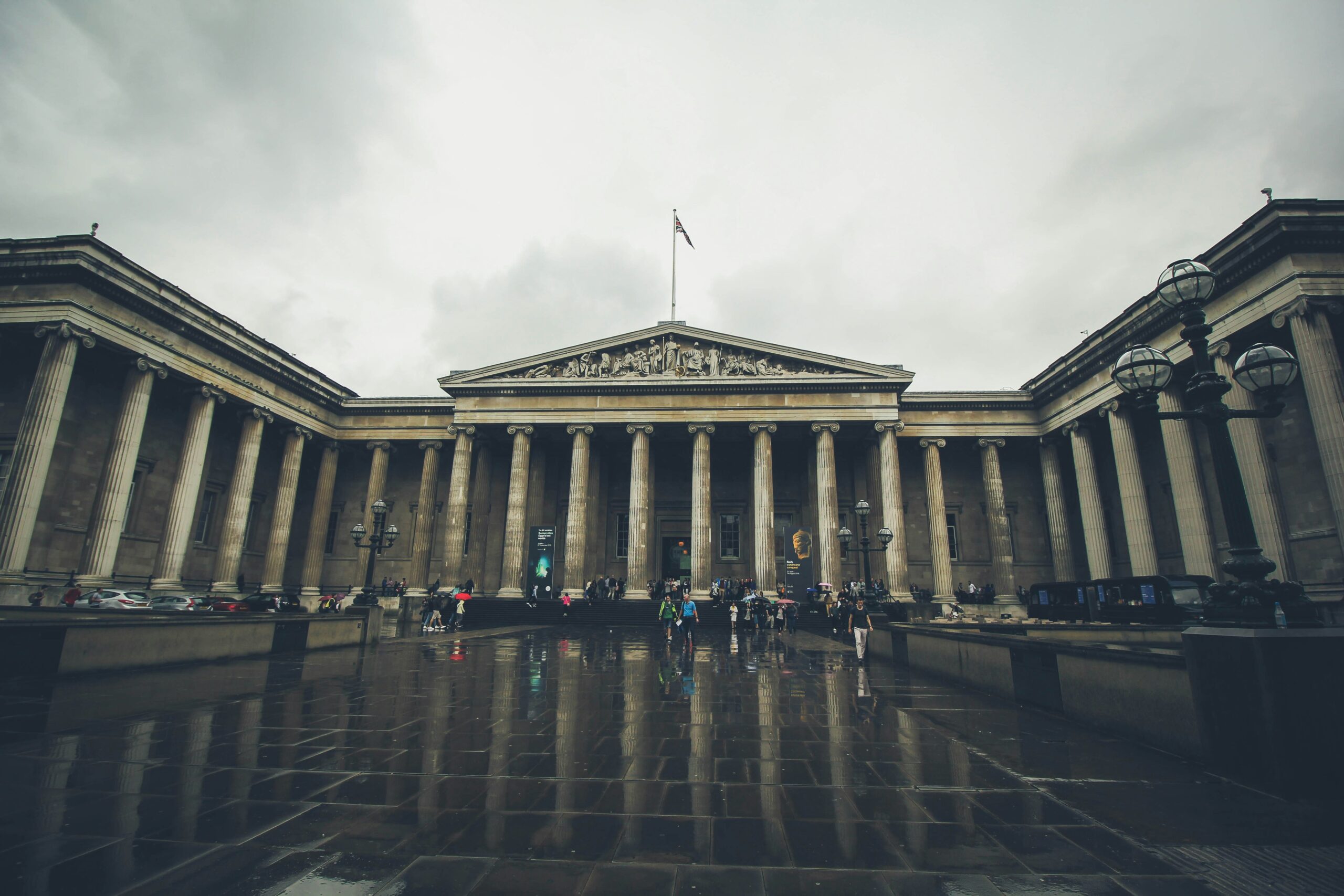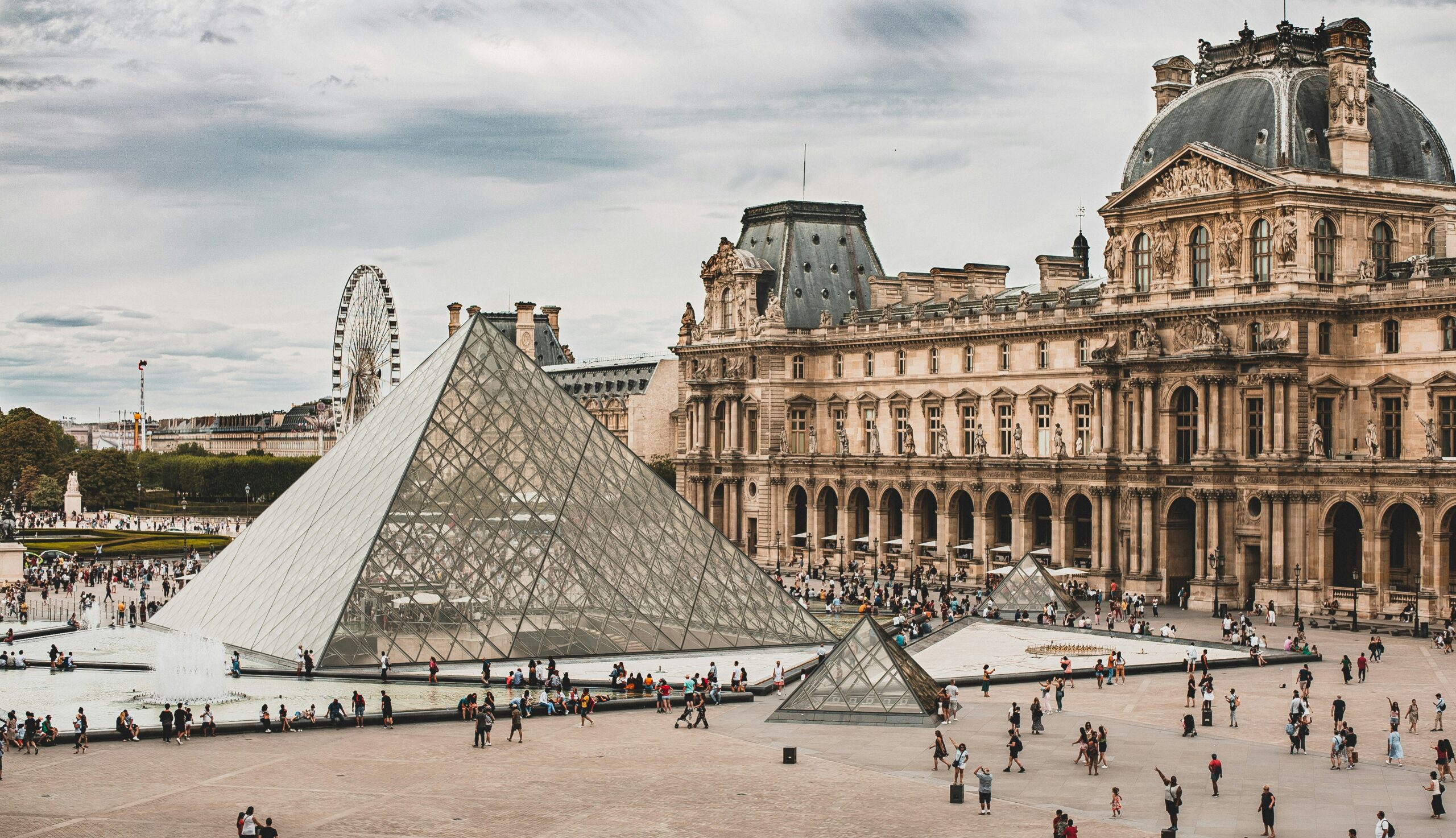- Home
- Articles
- Architectural Portfolio
- Architectral Presentation
- Inspirational Stories
- Architecture News
- Visualization
- BIM Industry
- Facade Design
- Parametric Design
- Career
- Landscape Architecture
- Construction
- Artificial Intelligence
- Sketching
- Design Softwares
- Diagrams
- Writing
- Architectural Tips
- Sustainability
- Courses
- Concept
- Technology
- History & Heritage
- Future of Architecture
- Guides & How-To
- Art & Culture
- Projects
- Interior Design
- Competitions
- Jobs
- Store
- Tools
- More
- Home
- Articles
- Architectural Portfolio
- Architectral Presentation
- Inspirational Stories
- Architecture News
- Visualization
- BIM Industry
- Facade Design
- Parametric Design
- Career
- Landscape Architecture
- Construction
- Artificial Intelligence
- Sketching
- Design Softwares
- Diagrams
- Writing
- Architectural Tips
- Sustainability
- Courses
- Concept
- Technology
- History & Heritage
- Future of Architecture
- Guides & How-To
- Art & Culture
- Projects
- Interior Design
- Competitions
- Jobs
- Store
- Tools
- More
Top Iconic Museums in the World: Must-Visit Cultural Landmarks for Art and History Lovers
Discover the world’s most iconic museums, from the Louvre to the British Museum, as gateways to art, culture, and history. Explore their architectural brilliance, priceless collections, and cultural impact. Get tips for visiting and learn how these global landmarks preserve humanity’s legacy while inspiring creativity and innovation across generations.
Museums are more than just buildings; they’re gateways to history, art, and culture. Across the globe, iconic museums stand as timeless treasures, preserving humanity’s greatest achievements and stories. They invite us to explore masterpieces, ancient artifacts, and groundbreaking innovations that have shaped our world.
From the grandeur of the Louvre in Paris to the modern marvels of the Guggenheim in New York, these institutions connect us to the past while inspiring the future. Each museum offers a unique experience, blending architecture, history, and creativity in ways that leave us in awe. Let’s dive into the world’s most iconic museums and discover what makes them unforgettable.

Table of Contents
ToggleThe Importance Of Iconic Museums
Iconic museums preserve our cultural, artistic, and historical heritage. These institutions safeguard invaluable artifacts, such as ancient manuscripts, sculptures, and paintings, ensuring future generations can experience and learn from them. For instance, the British Museum in London houses the Rosetta Stone, providing insights into ancient civilizations.
They serve as educational hubs, offering curated exhibits and programs. Visitors can explore topics like science at the Museum of Natural History in New York or modern art at the Tate Modern in London. These experiences foster deeper understanding and appreciation for diverse disciplines.
Iconic museums also act as cultural landmarks, attracting millions annually. The Louvre reported over 7.8 million visitors in 2022, making it a global symbol of art and culture. Such popularity boosts tourism, driving economic growth for local communities and reinforcing a sense of shared heritage.
They inspire creativity and innovation through unique collections. The Guggenheim’s contemporary art installations challenge perceptions, influencing artists and thinkers globally. Similarly, the Smithsonian Institution’s extensive exhibits spark curiosity across various fields.
Top Iconic Museums In The World
World-renowned museums captivate visitors with their remarkable collections, architectural beauty, and cultural significance. Each offers a unique perspective on history, art, and creativity, making them global landmarks.

The Louvre, Paris
The Louvre in Paris, France, hosts over 380,000 objects, with approximately 35,000 on display. Famous pieces include Leonardo da Vinci’s Mona Lisa, the Venus de Milo, and The Winged Victory of Samothrace. It spans over 782,910 square feet, making it the largest museum globally. Housed in a former royal palace, its iconic glass pyramid entrance is an architectural marvel.
The British Museum, London
The British Museum in London showcases over 8 million works, documenting human culture from prehistoric to modern times. Notable artifacts include the Rosetta Stone, the Elgin Marbles, and the Egyptian mummies. Established in 1753, it’s one of the world’s oldest museums, with free admission attracting around 6 million annual visitors.
The Metropolitan Museum Of Art, New York
The Metropolitan Museum of Art, or “The Met,” in New York City, contains over 2 million works spanning 5,000 years. Highlights include Washington Crossing the Delaware, Van Gogh’s Self-Portrait, and ancient sculptures. Its collection embraces cultures worldwide, offering something for every art lover. Over 7 million yearly visitors explore its extensive galleries.
The Vatican Museums, Vatican City
The Vatican Museums, located in Vatican City, hold the Catholic Church’s vast art collections. Established in the early 16th century, they feature pieces like the Sistine Chapel ceiling painted by Michelangelo and The School of Athens by Raphael. Visitors traverse 54 galleries, celebrating religious, historical, and artistic masterpieces.
The Rijksmuseum, Amsterdam
The Rijksmuseum in Amsterdam, Netherlands, is famed for its Dutch Golden Age art. Its collection of 1 million objects includes Rembrandt’s The Night Watch, Vermeer’s The Milkmaid, and Delft pottery. Its beautifully restored Gothic and Renaissance-style building attracts more than 2.6 million yearly visitors, offering a journey through Dutch history and culture.
Unique Features Of World-Renowned Museums
World-renowned museums captivate millions with their exceptional designs, exclusive exhibits, and powerful cultural impact. These features set them apart as iconic destinations.

Architectural Marvels
The design of iconic museums enhances their allure, blending aesthetic brilliance with functionality. The Louvre’s glass pyramid, designed by I. M. Pei, contrasts with the surrounding historic architecture while fostering natural light inside. Frank Gehry’s Guggenheim Museum in Bilbao demonstrates postmodern innovation with its titanium façade resembling a shimmering ship. The Solomon R. Guggenheim Museum in New York revolutionized museum architecture with its spiraling ramps designed by Frank Lloyd Wright. Many museums balance preserving historic structures and adding contemporary elements, creating visually striking landscapes worldwide.
Exclusive Collections And Exhibits
These museums house masterpieces and rare artifacts, showcasing global cultural wealth. The Louvre hosts Leonardo da Vinci’s “Mona Lisa” and the Greek “Venus de Milo” statue. The British Museum holds the Rosetta Stone, offering invaluable linguistic insights. The Rijksmuseum displays Rembrandt’s “The Night Watch,” exemplifying Dutch art. Vatican Museums feature Michelangelo’s Sistine Chapel ceiling, blending art and religion. Temporary exhibits at modern spaces like the Museum of Modern Art (MoMA) in New York often spotlight emerging talent and artistic movements.
Cultural Significance And Influence
Iconic museums serve as cultural hubs, fostering global tourism and local identity. Annually, the Louvre welcomes over 7 million guests, exemplifying its appeal to international visitors. Museums like the Smithsonian Institution in Washington, D.C., offer free access, promoting education and inclusivity. Beyond numbers, their influence extends to nurturing creativity; artists and academics draw inspiration from the wide array of displayed art, from ancient sculptures to avant-garde pieces. These institutions preserve shared heritage while continuing to shape cultural dialogues globally.
Tips For Visiting Iconic Museums
Visiting iconic museums offers unforgettable experiences, but planning improves the quality of those visits. Organizing time and following best practices ensures we enjoy the art, history, and culture to the fullest.

Best Times To Visit
Early mornings or weekdays generally offer quieter experiences. Crowds peak during weekends, public holidays, and mid-afternoons. For seasonal tips, weekdays during non-tourist months such as January and February have fewer visitors. Some museums introduce exclusive early access or evening viewing hours, which can be ideal for avoiding rushes. Checking museum calendars for events or temporary exhibits helps us identify optimal visit times.
How To Make The Most Of Your Visit
Pre-book tickets online to save time spent waiting in queues. Download museum apps or guides for efficient navigation. Prioritize key exhibits, like the Rosetta Stone at the British Museum or the Mona Lisa at the Louvre, to avoid feeling overwhelmed by extensive collections. Guided tours often offer deeper insights into exhibit backstories and cultural relevance. Taking breaks ensures we stay engaged when exploring larger museums.
Conclusion
Iconic museums worldwide represent more than just repositories of art and history; they embody cultural identity, innovation, and education. These institutions, from architectural icons like the Guggenheim Bilbao to collections housing masterpieces such as the Mona Lisa, connect us to humanity’s collective legacy. They inspire creativity, promote cultural exchange, and foster a deeper understanding of our shared past.
Through their unique exhibits, they educate millions annually while influencing global art and thought. Visiting these landmarks offers a chance to experience history and creativity firsthand, reminding us of the enduring value they bring to societies around the world.
Submit your architectural projects
Follow these steps for submission your project. Submission FormLatest Posts
Common Disputes Handled by Estate Litigation Lawyers
According to the 2025 issue of the American Bar Association’s “Probate &...
Modern Japanese Architecture: Tradition Rewired for the Present
Modern Japanese architecture explained: how tradition meets innovation in light, nature, materials,...
The Purpose of a Living Will and Why It Matters
A living will is without a doubt one of the most significant...
How Modern Bridges Balance Aesthetics and Engineering
How modern bridges balance aesthetics and engineering: explore form-driven systems, case studies,...












Leave a comment